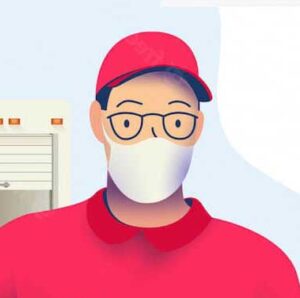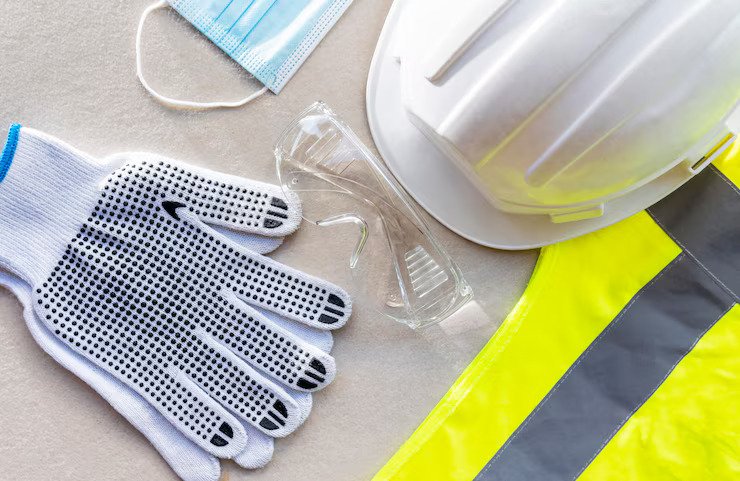A spill kit is an essential tool used to effectively and safely respond to spills of hazardous substances. It consists of various absorbent materials, containment devices, and personal protective equipment (PPE) that are designed to contain, control, and clean up spills.
The purpose of a spill kit is to minimize the impact of a spill by quickly containing and cleaning it up before it spreads or causes harm to people, property, or the environment. They are commonly used in industrial settings where there is a higher risk of chemical spills, such as manufacturing plants, laboratories, warehouses, and transportation facilities.
Spill kits are typically supplied by specialized spill kit suppliers who offer a range of kits tailored to different types and sizes of spills. These suppliers ensure that the kits contain all the necessary components required for effective spill response.
A typical spill kit may include items such as absorbent pads or socks to soak up liquids, booms or barriers to contain the spread of spills, gloves and goggles for personal protection, disposal bags for waste materials, and instructions on how to properly use the kit.
Understanding the Importance of Spill Kits
Spill kits play a crucial role in preventing and mitigating the impact of hazardous spills in various environments. A spill kit can be defined as a collection of tools, equipment, and materials specifically designed to effectively respond to and contain spills of hazardous substances.
The primary purpose of spill kits is to ensure the safety of individuals and the environment by providing prompt containment and cleanup solutions for spills. These kits are typically equipped with absorbents, such as pads, socks, or booms, that can quickly soak up liquids and prevent them from spreading further.
Spill response kits are essential in industries where there is a higher risk of encountering hazardous materials or substances. They are commonly found in manufacturing facilities, laboratories, hospitals, transportation companies, and other settings where potentially dangerous chemicals or liquids are handled.
By having spill kits readily available on-site, organizations can minimize the potential harm caused by accidental spills. Promptly containing and cleaning up spills helps prevent contamination of soil, water sources, or nearby ecosystems. Additionally, it reduces the risk of slips and falls due to slippery surfaces created by spilled liquids.
The Components of a Basic Spill Kit and Their Functions
A basic spill kit consists of several components that are essential for effectively managing and containing spills in various settings. These components are carefully selected to ensure the safety of individuals involved in the cleanup process, as well as to minimize environmental impact. Let’s take a closer look at the key components of a basic spill kit and their functions.
- Absorbent Materials: The core component of any spill kit is absorbent materials, such as absorbent pads, socks, or pillows. These materials are designed to quickly soak up and contain liquids, preventing them from spreading further. They are typically made from materials like polypropylene which have high absorption capabilities.
- Gloves: Safety gloves are crucial for protecting hands during spill cleanup. They provide a barrier between the skin and potentially hazardous substances, reducing the risk of chemical exposure or contamination.
- Goggles: Goggles or safety glasses protect the eyes from splashes, fumes, and other hazardous substances that may be present during a spill cleanup operation. They help prevent eye injuries and ensure clear vision while handling potentially dangerous liquids.
- Disposal Bags: Proper disposal is essential after cleaning up a spill. Spill kits include disposal bags that are specifically designed to safely contain contaminated materials until they can be disposed of properly according to local regulations.
- Spill Control Equipment: In addition to absorbent materials and personal protective gear, some spill kits may also include additional equipment. Containment booms or barriers that help confine spills to specific areas and prevent them from spreading further.
By having these components readily available in a spill kit. Individuals can respond quickly and effectively when spills occur, minimizing potential hazards and environmental damage associated with uncontrolled releases of liquids or chemicals.
Different Types of Spill Kits for Various Industries and Applications
In various industries and applications, the need for effective spill containment and cleanup is crucial. Different types of spill kits are designed to address specific types of spills, ensuring a safe and efficient response.
Oil spill kits are specifically designed to handle oil-based spills, such as petroleum or hydraulic fluids. These kits typically include absorbent pads, booms, and socks that effectively contain and absorb the oil, preventing further contamination.
Chemical spill kits are essential for industries dealing with hazardous chemicals. These kits contain specialized absorbents and neutralizers that can safely handle corrosive or toxic substances. They also include personal protective equipment (PPE) to ensure the safety of responders.
Biohazard spill kits are specifically designed for handling biological hazards such as bloodborne pathogens or infectious materials. These kits typically include disinfectants, gloves, masks, and other necessary items to safely clean up biohazardous spills.
Conclusion:
Investing in a reliable spill kit is crucial for effective emergency response. In the event of a spill or leak, having the right tools and equipment readily available can make all the difference in minimizing environmental damage, ensuring worker safety, and maintaining regulatory compliance.
A spill kit is specifically designed to contain and clean up hazardous materials, such as chemicals, oils, or other potentially harmful substances. By investing in a high-quality spill kit, businesses can be prepared to respond quickly and effectively. Spills that may occur within their facilities or during transportation.






